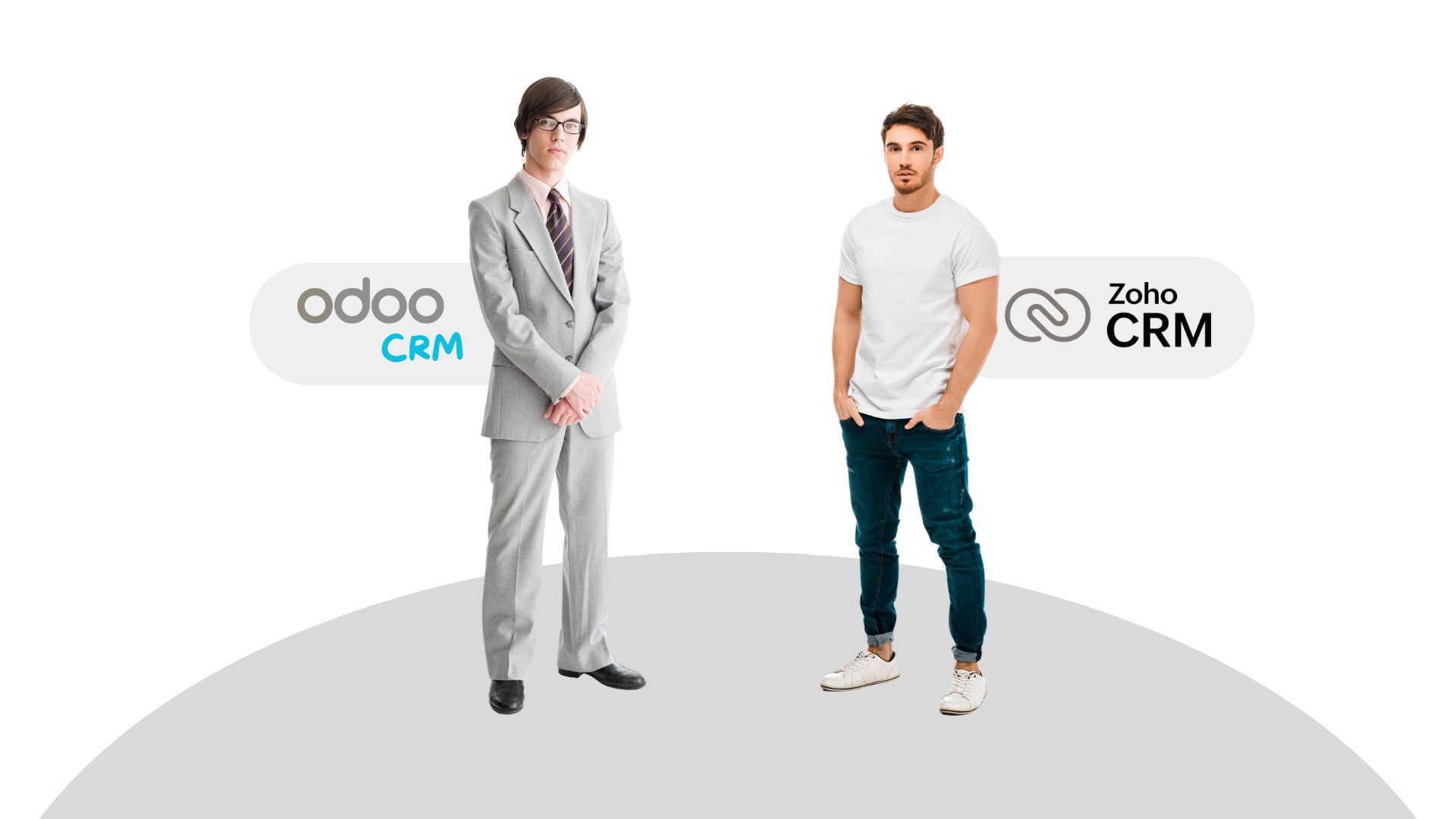Understanding the Impact of Conversion-Optimized Websites
In today’s digital landscape, having a website is like showing up to the party—it’s essential, but it’s only the beginning.
To stand out and make an impact, your website needs to be dressed for success, turning casual visitors into engaged leads. That’s where Conversion Rate Optimization (CRO) steps in. In this article, we discuss how precision-driven CRO can elevate your website into a lead-generating powerhouse.
Understanding CRO: The Unsung Hero of Web Development
CRO is like your behind-the-scenes tech wizard, ensuring every visitor finds exactly what they didn’t even know they needed. It’s about enhancing your website so every visit could turn into a sale, a sign-up, or a solid lead. In competitive markets like Mauritius, mastering CRO isn’t just nice—it’s necessary.
The Difference Between Generic and Conversion-Optimized Websites
Imagine two coffee shops. One has baristas who make decent coffee and serve customers with a smile. The other has baristas who remember your name, your order, and ask about your dog. Which one are you more likely to return to? That’s the essence of a conversion-optimized website—it doesn’t just serve; it engages, remembers, and personalizes, making every visitor feel like the guest of honor.
Here’s a quick comparison to see what sets a conversion-optimized website apart from a generic one:
| Feature | Standard Website | Conversion-Optimized Website |
|---|---|---|
| Purpose | Looks good; basic functionality | Designed to convert visitors into customers |
| User Experience (UX) | Functional and straightforward | Tailored UX that guides users towards taking action |
| Content | Generic information, broadly applicable | Persuasive, targeted content that addresses user needs |
| Call to Action (CTA) | Sparse and often overlooked | Prominent, compelling CTAs that are hard to resist |
| Navigation | Standard navigation paths | Intuitive, user-friendly paths that reduce friction |
| Performance Metrics | Basic analytics (e.g., page views) | Advanced metrics focusing on user engagement and conversion rates |
| Testing | Infrequent or non-existent | Regular A/B testing to continually improve effectiveness |
CRO Tools and Techniques: Navigating Modern Web Challenge
Here’s a sneak peek at some of the tools and strategies that make a difference:
A/B Testing: This is about seeing what sticks. For example, does a green ‘Buy Now’ button convert better than a blue one? Only one way to find out—test them both!
User Feedback: Direct insights from visitors provide a goldmine of information. Tools like feedback forms, polls, and user testing sessions can reveal invaluable data that can shape your optimization efforts.
Analytics Interpretation: Delving deep into analytics helps you understand not just who your visitors are but how they interact with your site. Which pages do they spend the most time on? Where do they drop off? Analytics can answer these questions.
Advanced CRO Strategies: Beyond the Basics
Personalization Techniques: Offering personalized experiences can significantly enhance user engagement. For example, returning visitors might see a homepage tailored to their interests, based on their browsing history.
Mobile Optimization: With a significant number of users accessing websites via mobile devices, ensuring your site is mobile-friendly is crucial. This means faster load times, responsive design, and simplified navigation.
Psychological Triggers: Implementing elements like scarcity (“Only 2 left in stock!”), urgency (“Sale ends in 1 hour!”), and social proof (user reviews, testimonials) can dramatically increase conversions.
Conclusion
Understanding the difference between a generic website and a conversion-optimized one can be the key to unlocking your site’s potential. With the right CRO strategies, your website can become not just a digital storefront, but a dynamic environment that converts visitors into loyal customers. And who doesn’t want that?




